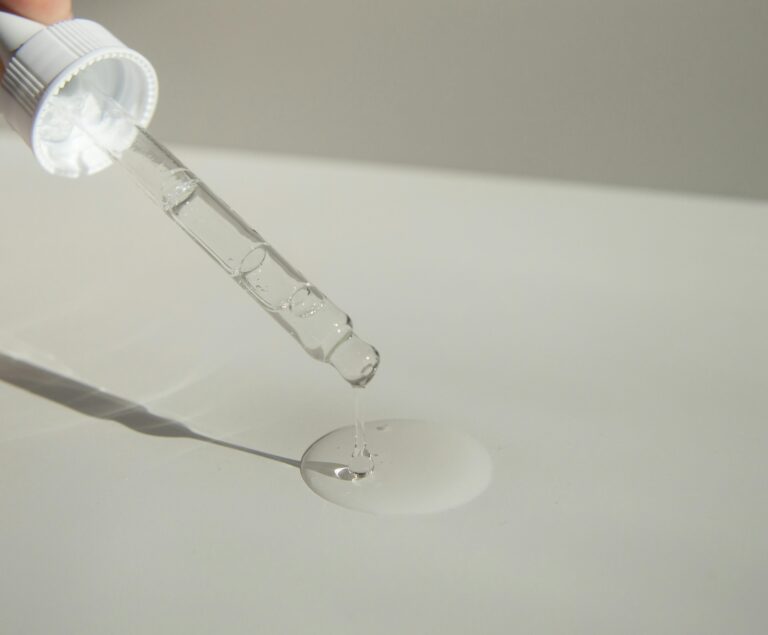Beauty is not confined to the pages of fashion magazines or the aisles of cosmetics stores—it can also be found in the majestic splendor of historical landmarks.
From the towering pyramids of Egypt to the intricate carvings of Angkor Wat, these iconic sites have long captivated the human imagination with their beauty and grandeur. But the connection between beauty and historical landmarks runs deeper than mere aesthetics.
In this article, we’ll delve into the rich tapestry of history and explore how these landmarks have influenced beauty trends, rituals, and products throughout the ages, shaping our perceptions of beauty and inspiring generations to come.
The Influence of Historical Landmarks on Beauty Trends
Throughout history, historical landmarks have played a significant role in shaping beauty trends and ideals. In ancient Egypt, for example, the elaborate beauty rituals of pharaohs and queens were inspired by the grandeur of the pyramids and temples that surrounded them.
The use of kohl eyeliner and perfumed oils was not only a means of enhancing one’s appearance but also a way of paying homage to the gods and goddesses depicted in the hieroglyphs adorning the walls of ancient tombs.
Similarly, in medieval Europe, the towering cathedrals and majestic castles served as symbols of power and prestige, inspiring the elaborate hairstyles and ornate cosmetics favored by royalty and nobility.
From intricate braids and jeweled hairpins to powdered wigs and porcelain-white skin, beauty standards were often influenced by the architectural wonders of the time, reflecting the prevailing values and aesthetics of society.
Historical Landmarks as Sources of Natural Beauty Ingredients
In addition to inspiring beauty trends and rituals, historical landmarks have also served as sources of natural beauty ingredients. Many ancient civilizations relied on the plants and minerals found in their surroundings to create skincare remedies and cosmetics.
For example, the ancient Greeks and Romans prized the healing properties of olive oil and honey, using them to moisturize and soothe the skin.
Similarly, the lush botanical gardens of medieval monasteries and palaces were treasure troves of herbal remedies and floral extracts, which were used to create perfumes, tonics, and ointments.
Even today, the therapeutic properties of ingredients like lavender, rosemary, and chamomile continue to be celebrated in modern skincare products, paying homage to the botanical traditions of centuries past.
Architectural Inspirations in Beauty Products and Packaging
The influence of historical landmarks can also be seen in the design and packaging of beauty products. From the elegant curves of Art Nouveau to the geometric lines of Art Deco, architectural motifs have long been a source of inspiration for beauty brands seeking to evoke a sense of timeless elegance and sophistication.
For example, luxury skincare brands often draw inspiration from the opulent palaces and gardens of Europe, incorporating ornate patterns, intricate detailing, and sumptuous textures into their packaging and branding.
Similarly, minimalist brands may take cues from the sleek lines and clean aesthetics of modernist architecture, opting for simple yet sophisticated designs that emphasize purity and clarity.
The Role of Historical Landmarks in Wellness Tourism
In recent years, there has been a growing trend towards wellness tourism, with travelers seeking out destinations that offer rejuvenation, relaxation, and cultural enrichment.
Historical landmarks play a crucial role in this trend, offering visitors the opportunity to immerse themselves in the beauty and tranquility of centuries-old architecture and natural landscapes.
From yoga retreats in ancient temples to spa treatments in medieval castles, wellness experiences inspired by historical landmarks allow travelers to connect with the past while rejuvenating body, mind, and spirit.
Whether it’s meditating in the shadow of a sacred monument or indulging in a traditional bathhouse ritual, these experiences offer a unique blend of history, culture, and wellness that cannot be found elsewhere.
Conclusion
Beauty and historical landmarks are intrinsically linked, with each influencing and inspiring the other in a continuous cycle of creativity and cultural exchange. From ancient rituals and natural ingredients to modern trends and wellness experiences, the connection between beauty and historical landmarks runs deep, shaping our perceptions of beauty and enriching our lives in ways both tangible and intangible.
FAQs
Q1: Can I find beauty products inspired by specific historical landmarks?
Yes, many beauty brands draw inspiration from historical landmarks in their product development and packaging design. Look for brands that emphasize natural ingredients and cultural heritage for products inspired by specific landmarks.
Q2: How can I incorporate the beauty of historical landmarks into my skincare routine?
You can incorporate the beauty of historical landmarks into your skincare routine by seeking out products that feature natural ingredients sourced from the regions surrounding these landmarks. For example, look for skincare products containing ingredients like olive oil from Greece or lavender from Provence.
Q3: Are there wellness retreats or spa experiences centered around historical landmarks?
Yes, many wellness retreats and spa experiences are centered around historical landmarks, offering visitors the opportunity to immerse themselves in the beauty and tranquility of centuries-old architecture and natural landscapes. Research wellness tourism destinations that prioritize cultural enrichment and historical preservation for authentic experiences.
Q4: Can visiting historical landmarks improve my overall well-being?
Visiting historical landmarks can have a positive impact on your overall well-being by providing opportunities for relaxation, cultural enrichment, and spiritual rejuvenation. Whether it’s a leisurely stroll through a botanical garden or a guided tour of an ancient temple, these experiences can help reduce stress and promote a sense of connection to the past.
Q5: Are there any risks associated with incorporating historical landmarks into my beauty and wellness routine?
While incorporating historical landmarks into your beauty and wellness routine can be enriching and rewarding, it’s essential to respect the cultural significance and historical integrity of these sites. Be mindful of local customs and traditions, and seek out experiences that prioritize sustainability, authenticity, and responsible tourism practices.



